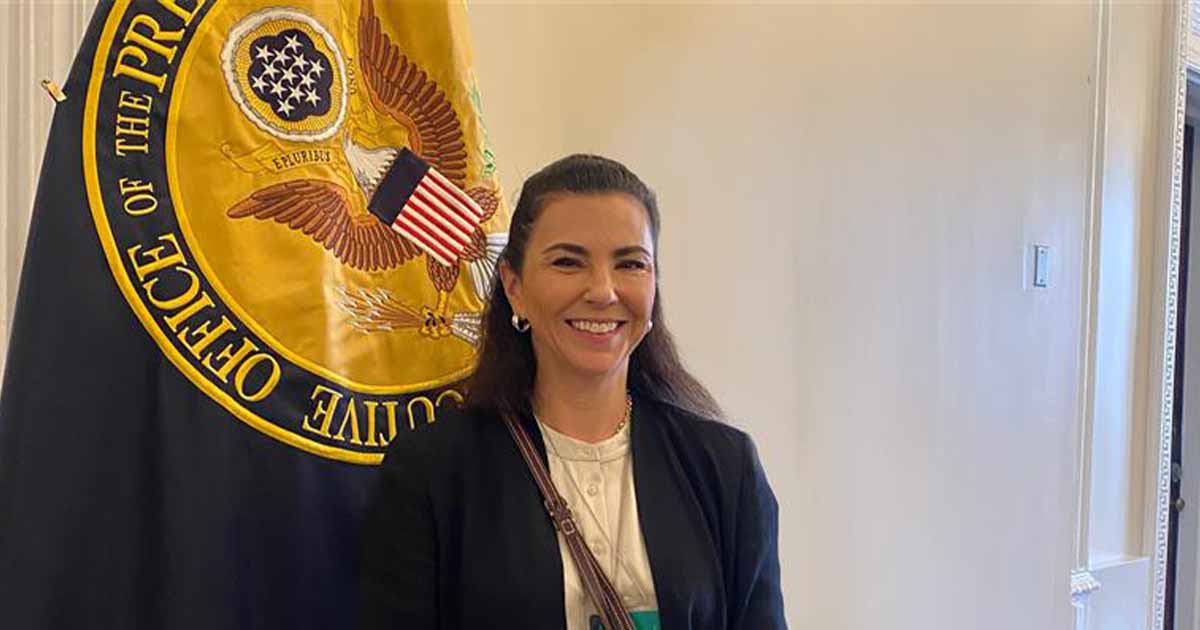
As health systems move artificial intelligence deployments to higher stakes use cases, the Trustworthy Responsible AI Network (TRAIN) was formed to address the need for responsible AI in all aspects of healthcare, from academic medical centers to underserved rural communities.
As a consortium formed by healthcare organizations, TRAIN is establishing guardrails for operationalizing responsible AI, particularly for rural health systems seeking to improve health equity and access to care.
Jennifer Stoll, chief external affairs officer at the Oregon Community Health Information Network (OCHIN), will be a member of a HIMSS25 panel session addressing these issues so attendees can learn about the safeguards, toolsets and best practices TRAIN is developing and testing, and the ways in which session attendees can apply these resources to their own use cases.
The panel session featuring four experts is entitled “From Academic Medical Centers to Rural Healthcare: Operationalizing Responsible AI.”
OCHIN is a nonprofit organization dealing in equitable healthcare innovation and serves as a trusted partner to a growing national provider network, offering a wide range of insights and technology expertise to improve the health of rural and medically underserved communities. Stoll has extensive experience creating sustainable solutions to the complex external challenges facing providers in rural and medically underserved communities.
She leads OCHIN’s advocacy, policy, development and partnership teams, all of which include experts in using data-driven strategies to close care gaps in local communities nationwide. Before joining OCHIN, Stoll spent more than 20 years in the pharmaceutical industry.
We interviewed her to get a sneak preview of the panel session.
Q. Where is the artificial intelligence transformation perhaps in need of the greatest attention today, and why?
A. It’s critical to ensure rural and medically underserved communities can participate in the artificial intelligence transformation. What those communities need to make that happen includes modernized electronic health record systems, trust in AI models, and support with the management and governance of those models.
We all hear about how AI presents enormous potential to transform healthcare, and that’s true – but only if it’s done in a way that doesn’t exclude rural and medically underserved communities, and in a way that has trust. If providers in these communities aren’t part of the AI revolution at the same rate and extent of providers in more affluent communities, then the gap between the haves and have-nots widens.
Being able to successfully innovate and transform care using AI starts with providers in all communities having access to a modernized, comprehensive electronic health record that supports the seamless exchange of standardized data. When providers don’t have modernized health IT systems, or trust in AI models and support to manage these models, they and their patients are left behind.
Funding for providers in rural and medically underserved communities to have certified EHR systems – and a partner to help them get the most value out of their system – is a vital and essential first step toward sustainable innovation that reduces clinician burden and improves health outcomes for all.
Q. What will your message be to healthcare leaders innovating with various technologies?
A. While we won’t focus on any one specific technology during this panel, we will discuss how we can thoughtfully and carefully use various technologies to innovate in a way that doesn’t leave large swaths of our country behind. This includes building trust in AI systems through local validation, lifecycle management and governance that makes it possible for everyone to participate.
For example, many people living in rural America are more medically complex – they have significantly higher rates of chronic illness, experience unique barriers to accessing specialty care, and have a 20% higher death rate than people in urban areas. Information about these patients cannot be lumped into a category with patients in an urban area or affluent suburb.
If AI tools aren’t tested at a local level using validated and representative data on real patients, such as those who are represented in OCHIN network data, then AI tools will not only be insufficient, but they will worsen health outcomes for our nation’s most medically complex patients.
Q. What is one of the various takeaways you hope HIMSS25 attendees will leave your session with and be able to apply when they return home to their organizations?
A. Our goal is for HIMSS25 attendees to walk away with a better understanding and even a passion for ensuring there’s a level playing field for providers in rural and medically underserved communities. Whether attendees come from an academic, medical, technology, nonprofit or public sector background, we all have a role to play in ensuring underserved communities have the resources needed to participate in the AI healthcare revolution.
In fact, participation from these communities is essential to our collective progress by training and stress-testing new models and systems in under-resourced settings. Through greater funding, partnership and collaboration, innovation will be accelerated to benefit patients and providers in every community.
Stoll’s panel session, “From Academic Medical Centers to Rural Healthcare: Operationalizing Responsible AI,” is scheduled for Tuesday March 4 at 2 p.m. at HIMSS25 in Las Vegas.
Follow Bill’s HIT coverage on LinkedIn: Bill Siwicki
Email him: bsiwicki@himss.org
Healthcare IT News is a HIMSS Media publication
